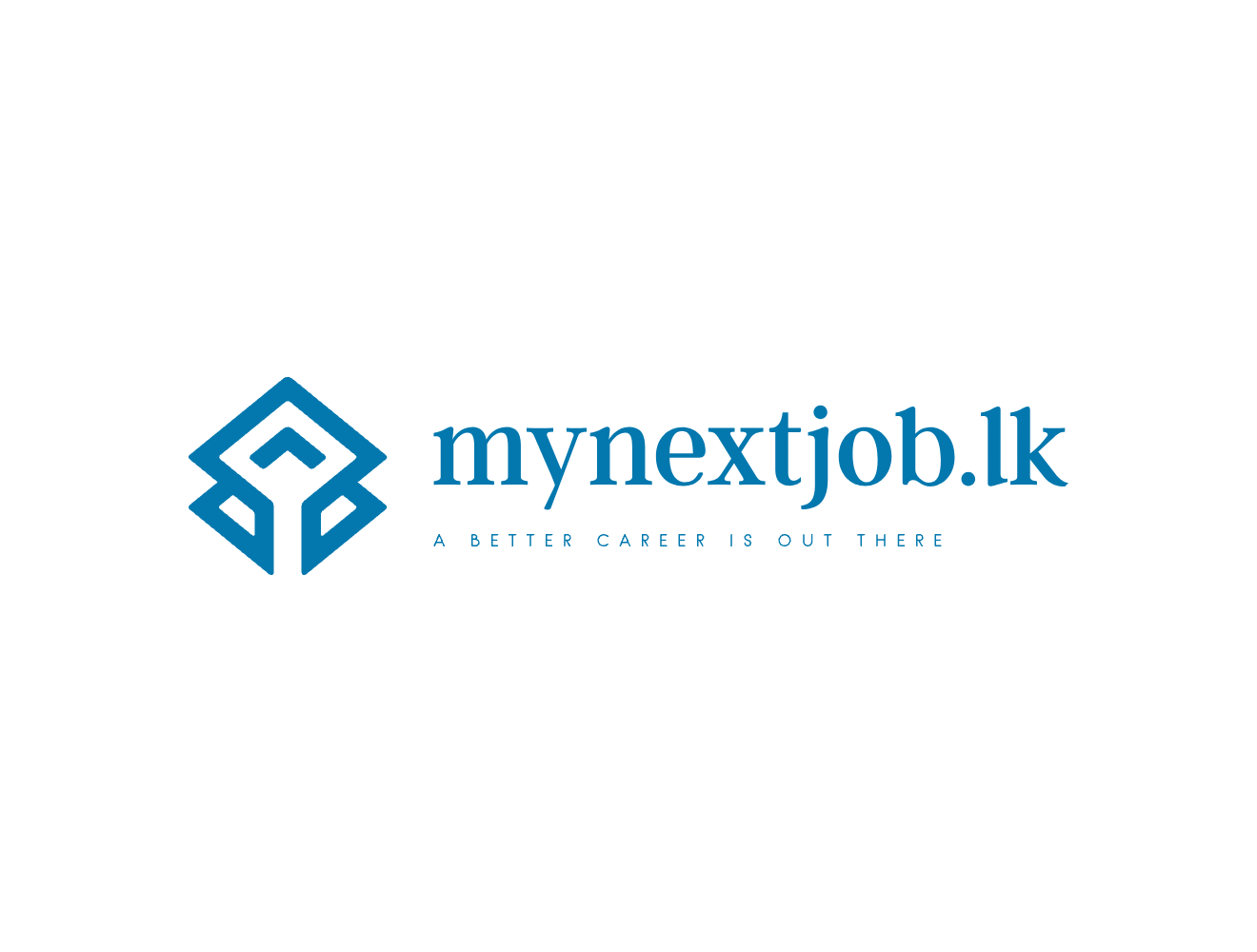Understanding Employee Engagement
Employee engagement refers to the emotional commitment an employee has towards their organization and its goals. It goes beyond mere job satisfaction; engaged employees are passionate about their work, feel a sense of belonging, and are motivated to contribute to the company’s success. This level of engagement significantly impacts various aspects of organizational performance, including productivity, employee retention, and overall company performance.
The importance of employee engagement in the workplace cannot be overstated. Studies have shown that organizations with a high level of engagement report 21% higher profitability (Gallup, 2017). Engaged employees are more productive, exhibit lower absenteeism, and have a higher propensity to stay with their employer, reducing turnover costs. Furthermore, a report by the Harvard Business Review highlights that companies with highly engaged employees experience a 20% increase in sales and a 10% increase in customer satisfaction.
Identifying the signs of engaged and disengaged employees is crucial for any organization. Engaged employees are enthusiastic about their work, consistently go above and beyond their job descriptions, and actively seek out opportunities for growth and development. They often display a positive attitude, collaborate well with colleagues, and align their actions with the company’s objectives. Conversely, disengaged employees may display apathy towards their tasks, exhibit low morale, and are often less productive. They may also show a lack of initiative, higher absenteeism, and are more likely to seek employment elsewhere.
Ignoring engagement issues can have severe consequences for companies. Disengaged employees can create a toxic work environment, leading to decreased overall morale and productivity. Additionally, the financial repercussions are significant; the Center for American Progress estimates that the cost of replacing an employee ranges from 16% to 213% of their annual salary, depending on the position. Thus, fostering an environment that promotes employee engagement is not only beneficial for workforce morale but also critical for the financial health of the organization.
Creating a Positive Work Environment
Creating a positive work environment is pivotal for enhancing employee engagement. A foundational element is cultivating a robust company culture that resonates with the values and mission of the organization. A well-defined company culture fosters a sense of belonging and purpose among employees, encouraging them to invest emotionally and intellectually in their work. Leadership plays a crucial role in this process; leaders who practice transparency, empathy, and inclusivity can significantly bolster morale and commitment.
The physical workspace also contributes substantially to a positive work environment. Modern office designs that prioritize comfort, accessibility, and aesthetics can enhance productivity and well-being. Workspaces that offer natural light, ergonomic furniture, and quiet zones for focused work can make employees feel valued and cared for, thereby increasing their engagement. Additionally, incorporating collaborative spaces can promote teamwork and innovation.
Open communication is another cornerstone of a positive work environment. When employees feel heard and their feedback is valued, it builds trust and fosters a collaborative atmosphere. Regular team meetings, suggestion boxes, and transparent communication channels can help maintain an open dialogue between employees and management. Recognition and rewards programs further reinforce positive behavior and achievements, motivating employees to strive for excellence.
Opportunities for professional growth are equally important. Providing continuous learning and development programs can keep employees engaged by helping them acquire new skills and advance in their careers. Companies that invest in their employees’ professional growth often see higher levels of job satisfaction and retention.
Successful companies like Google and Salesforce exemplify the benefits of these strategies. Google’s emphasis on creating an innovative and inclusive culture, along with its well-designed workspaces, has led to high employee satisfaction and productivity. Salesforce’s commitment to employee recognition and professional development has resulted in a motivated and loyal workforce.
By focusing on these key areas, organizations can cultivate a positive work environment that not only boosts employee engagement but also drives overall business success.
Implementing Employee Feedback Mechanisms
Listening to employees and acting on their feedback is crucial for fostering a culture of engagement and continuous improvement within an organization. By implementing effective employee feedback mechanisms, companies can tap into valuable insights that drive positive change and enhance overall satisfaction.
There are several methods to gather employee feedback, each offering unique advantages. Surveys are one of the most popular tools, allowing for anonymous responses that can provide honest and comprehensive input. Regularly distributing surveys on various topics, such as job satisfaction, work environment, and management effectiveness, ensures that employees have multiple opportunities to voice their opinions.
Suggestion boxes provide another avenue for collecting feedback. These can be physical boxes placed in common areas or digital versions accessible through the company intranet. Suggestion boxes encourage spontaneous feedback and can often capture ideas and concerns that might not surface through formal surveys.
Regular one-on-one meetings between employees and their supervisors are also essential. These meetings create a space for open dialogue, allowing employees to discuss their experiences, challenges, and suggestions in a more personalized setting. This method often leads to deeper insights and a stronger sense of connection between employees and management.
Transparency and follow-through are vital components of an effective feedback loop. Employees need to see that their feedback is taken seriously and leads to tangible actions. Communicating the results of surveys, summarizing suggestions, and outlining the steps management plans to take in response can build trust and demonstrate a commitment to improvement.
Best practices for creating an effective feedback loop include setting clear objectives for feedback initiatives, ensuring anonymity where appropriate, and regularly updating employees on the progress of implemented changes. Additionally, it’s important to foster a culture where feedback is viewed as a constructive tool for growth rather than a mechanism for criticism.
When feedback leads to actionable changes, it can significantly enhance employee satisfaction and engagement. By addressing concerns, implementing new ideas, and continuously refining practices based on feedback, organizations can create a more dynamic and responsive workplace, ultimately leading to higher productivity and morale.
Promoting Work-Life Balance
Work-life balance is a crucial component in the pursuit of sustained employee engagement. It reflects the equilibrium that individuals need between time allocated for work and other aspects of life. Ensuring that employees can maintain this balance effectively leads to enhanced well-being, increased job satisfaction, and ultimately, higher levels of engagement.
One of the primary strategies to promote work-life balance is the implementation of flexible working hours. By allowing employees to adjust their work schedules to better fit their personal lives, companies can reduce stress and burnout. This flexibility not only benefits the employees but also enhances productivity as they are able to work during their most productive hours.
Remote work options are another significant practice that supports work-life balance. The ability to work from home or another location can save employees time and money on commuting, reduce workplace distractions, and enable a better integration of work and personal responsibilities. Companies like Twitter and Shopify have successfully adopted remote work policies, reporting increased employee engagement and productivity as a result.
Mental health support programs are also essential in promoting work-life balance. These programs may include access to counseling services, mental health days, and stress management workshops. By prioritizing employees’ mental health, companies like Johnson & Johnson have seen notable improvements in employee engagement and overall job satisfaction.
Effective implementation of these policies requires a thoughtful approach. It’s important to communicate clearly with employees about the available options and continuously seek their feedback to ensure the policies meet their needs. Regularly reviewing and adjusting these initiatives can help sustain their effectiveness.
For instance, Google has been exemplary in promoting work-life balance through its comprehensive wellness programs, flexible working arrangements, and emphasis on mental health. These efforts have not only led to a highly engaged workforce but have also positioned Google as a desirable employer.








